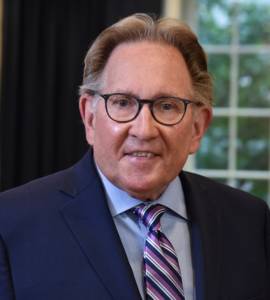Publications
Silver… and Gold. Silver… and Gold. Everyone wishes…For Silver and Gold. So, goes the Snowman’s song in the holiday classic, Rudolph the Red Nosed Reindeer. And so goes the entire prescription drug delivery system in the rush to dig Silver and Gold from the 340B Drug pricing mines. Not just buckets full, but tons of Silver and Gold. Rx companies are trying to hold on to the Silver and Gold while the “covered entities” (qualifying hospitals and clinics) dig for it as fast as they can. Here is how all that Silver and Gold mining works.
340B Drug Pricing Program
Congress established the 340B program (Silver and Gold Mine) to leverage federal resources for hospitals and clinics serving low income populations. The program requires drug manufacturers (participating in government payer markets, Medicaid etc.) to sell outpatient drugs at a discount to safety-net providers serving high numbers of low-income patients. Congress created the program to allow these facilities to “stretch scarce federal resources as far as possible, reaching more eligible patients and providing more comprehensive services.” According to 340BHealth.Org, an organization of more than 1,400 public and private nonprofit hospitals and health systems participating in the 340B program, the Silver and Gold Mine allows them to purchase drugs at discounted rates and offer these rates to low-income, uninsured, and under-insured patients. Sounds pretty good to most people, including, George H. W. Bush who signed it into law. However, how is that Silver and Gold actually mined?
Oncology 340B Silver and Gold Mine
Hospitals participating in the 340B program bill insurers for oncology drugs at an average of 3.8 times (nearly 400%) their 340B acquisition costs, according to a report by Moto Bioadvisors for the Community Oncology Alliance, Examining Hospital Price Transparency, Drug Profits, & the 340B Program, published Sept. 14, 2021. The study team found that of 59 cancer drugs, the lowest median markup was 2.4 times the 340B acquisition cost (Adcetris), and the highest was 11 times (Epogen) (pp. 8-9). They also found 340B hospitals don’t decrease the prices they charge insurers or patients when their acquisition prices decline, which nullifies efforts to reduce prices at the manufacturer level. “Obviously problematic” was their observation that 340B hospitals often charge their cash-paying customers (meaning, the uninsured) the same as the median price for commercial insurers…approximately 400% of cost! (see p. 14.) This is how the mining works….the hospital bills an insurance company for drugs purchased at discount but with the hospital’s huge mark up, and then receives reimbursement at the insurer’s negotiated rate. The hospital keeps the spread/profit for the discounted 340B drug. To be clear, there is no legal requirement for the hospital to pass the savings along to the patient. However, your family and employer are paying for that spread/profit in increased healthcare costs and health insurance rates. In short, that Silver and Gold Mine….is you!
As I am fond of saying, I am a proud insurance lawyer/lobbyist and wish you a Merry and Bright Holiday Season and much Silver and Gold.
Attorney Pfundstein is admitted in the state and federal courts of New Hampshire.
THIS ARTICLE IS NOT INTENDED TO PROVIDE LEGAL ADVICE, AND DOES NOT CREATE AN ATTORNEY-CLIENT RELATIONSHIP.
